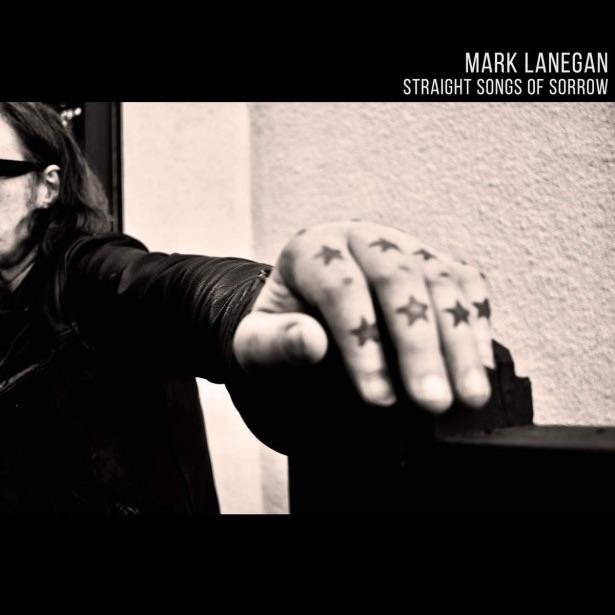
Death is the one thing that all mankind has in common, yet for most of us it’s a taboo subject – understandably, as it’s not a traditional topic of dinner-party (or Zoom) conversation.
Human beings are so fearful and arrogant that the thought of a world without loved ones or ourselves is judged to be best handled with copious denial; Mark Lanegan is not a believer of such principles.
While never lackadaisical, Lanegan is on a rich vein of creative form: Straight Songs Of Sorrow is his second album in seven months, an accompaniment to his memoir Sing Backwards And Weep, released in late April. Whether or not listening to the album intrigues you enough to warrant reading the book, it’s a wholesome piece of its own.
The first three tracks set such a precedent that it’s ultimately difficult to be beaten. As before, Lanegan demonstrates that he’s equally comfortable with moody electronica and simplistic acoustic. The opener, I Wouldn’t Want To Say, is one of his more overt forays into the former, with crowded production and a fast pace that demonstrates the urgency of thoughts on death, ruminating that he’s running out of time. ‘Swinging from death to revival’, Lanegan utters in his trademark growl, ‘How many more years will it be before the end of this sad machine?’. The melancholy is almost suffocating as an incessant bell (which reoccurs through the album, presumably for whom it tolls) sets the tone for things to come.
In contrast, Apples From A Tree (featuring Lamb Of God’s Mark Morton) is an exquisite, finger-picking acoustic track, supplying the hope that was lacking in its predecessor; death is described as ‘taking flight’ amidst what is essentially an ode to his wife, Shelly Brien. She pops up on the following track This Game Of Love to form a duet with her husband. Using the dichotomies of heaven and hell with loneliness and companionship, it has a bleak feel, but the obvious love between the two singers elevates it.
Thereafter, the songs all fall within the same three categories: despair, optimism and melancholy. Ketamine refers to Lanegan’s past excursions of attempting to score after gigs in Europe, with the bell tolling once more. Churchbells, Ghosts is akin to a Play-era Moby track, striking piano and pulsing heartbeat holding things together whilst Lanegan wails. Stockholm City Blues is a string-led ballad, in itself an impressive musical accomplishment as the layers of music take turns in leading, but is a tortuous listen.
Hanging On (For DRC) is another acoustic paean, this time to his friend Dylan Carson, genius progenitor of, ironically, drone metal. Fortunately, Carson isn’t dead so the track is whimsically uplifting. No less a luminary than John Paul Jones shows up on the electronic blues of Ballad Of The Dying Rover, providing rhythm to the sometimes overbearing ambience that forms much of the album.
And on (and on) it goes. The album clocks in at an hour, this working against it by exposing the lack of contrast in the song templates. There’s an excellent album buried amongst the maudlin maelstrom – some judicial editing wouldn’t have gone amiss.


